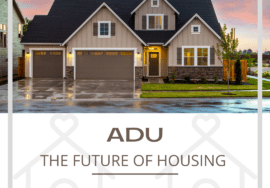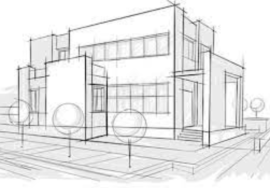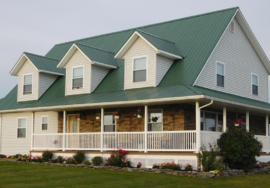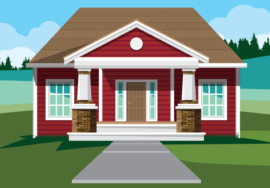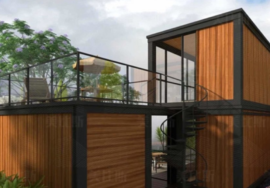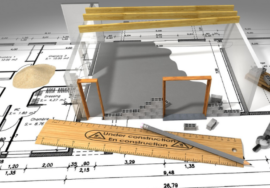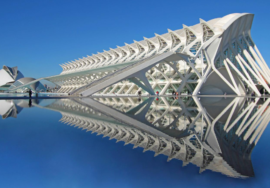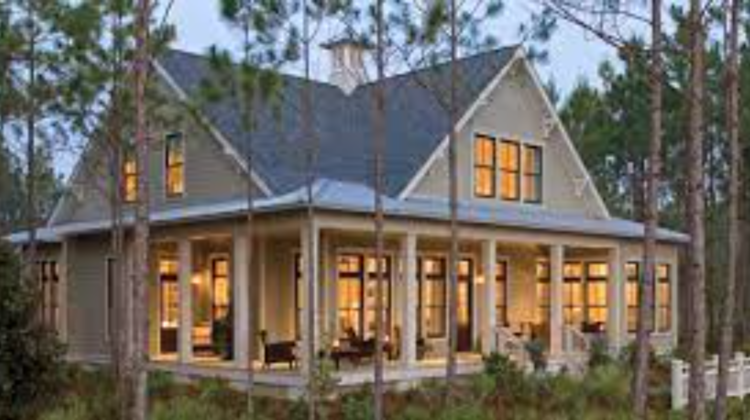
How Much Have Prefabricated Homes Grown in Popularity?
How popular has prefabricated housing become? How many homes were made with this method in the United States last year? Why have these homes grown in popularity so quickly? How long until they make up 10% of all new homes built every year? You might be surprised to find out just how much prefabricated housing has grown in popularity and what that could mean for you when it comes time to buy a new home.
Why did I choose this topic
I chose to write about prefabricated housing because I wanted to know more about it. This particular type of housing has been rising in popularity and is becoming more common so I think it’s important for people to be aware of its existence. It could potentially be a viable option for them if they’re looking for a new home but don’t want to purchase something that is already on its way out. So far, at least, prefab homes seem like a great option for buyers who are willing to make compromises because these houses cost less and can usually be built much faster than traditionally built homes.
What are these things called ‘prefab’ anyway
Depending on where you live, prefab housing might be a very foreign concept. A lot of people hear ‘prefab’ and think it’s code for trailers or mobile homes, but that’s not exactly right. In general, a prefab home refers to any house that is constructed off-site and then transported to its final location. These days they’re usually small houses between 100 and 800 square feet. Many are even more compact than that! At its most basic level, it’s just another way of constructing homes, like site-built construction—the big difference being that you aren’t building from scratch wherever you want to put your house.
So why are they good anyway
For many, building a home can be daunting. If you’re looking for an alternative that’s ready to move into quickly and affordably, but doesn’t skimp on quality or modern design, you might want to consider prefab homes. These homes are built entirely off-site and transported to their locations for easy assembly. The benefits of prefab homes go beyond cost-effectiveness, however; prefabs have become increasingly popular because they make it easy to create small spaces with big style or merge existing spaces together in new ways. This can help even experienced builders save time while creating a home that meets their vision perfectly.
Here’s how you can get one
If you’re shopping for a new home, one option to consider is a prefabricated home. These can be assembled quickly, which means they can be delivered faster than traditional homes. A lot of people are interested in these kinds of houses for that reason—it allows them to move into their house sooner rather than later—but prefab homes also come with some other perks, like having extra insulation and tighter air control because they’re built under controlled conditions. Keep an eye out next time you visit a new development: Many builders are beginning to build prefab houses as part of their stock offerings. If you find one that strikes your fancy, ask about it and take a look inside!
But what if I want to go the custom route instead?
If you’re still adamant about not buying a prefabricated home and want to go with a custom built one, then you’ll need to find a designer who knows what they’re doing. Be sure to make sure your architect or designer has experience building custom homes before getting started. The only way that you can truly ensure that your money is well spent is by finding someone with experience. There are plenty of people out there who know how to build houses, but it takes an experienced pro to know what materials and architectural details will help you get the most out of your budget.
Are they worth it?
With prefab construction becoming a more and more popular housing option, developers are finding new ways to streamline processes and create homes that can be built faster, cheaper and with higher quality than ever before. Experts predict that prefab building will continue to grow over time. A recent report from BIS Research found that North American revenue for prefabricated building is expected to rise about 6 percent annually through 2022. That’s partly due to improved modular home designs as well as an overall increase in construction costs.
What’s next for prefab homes
Prefab homes were once considered a second-class option to traditionally built homes, but that stigma is quickly disappearing. They are often used as vacation or investment properties because of their speed and affordability—they can be built in as little as 30 days compared to four months for a traditional home. It’s no wonder prefab homes are growing more popular every year; research firm IBISWorld estimates that a $12 billion industry will top $25 billion by 2020.

